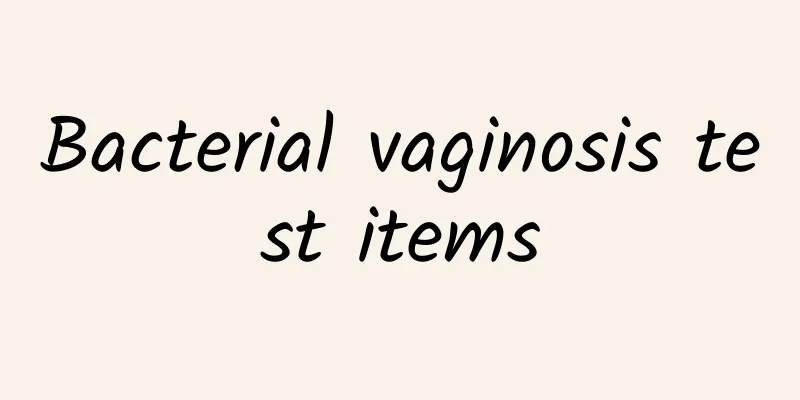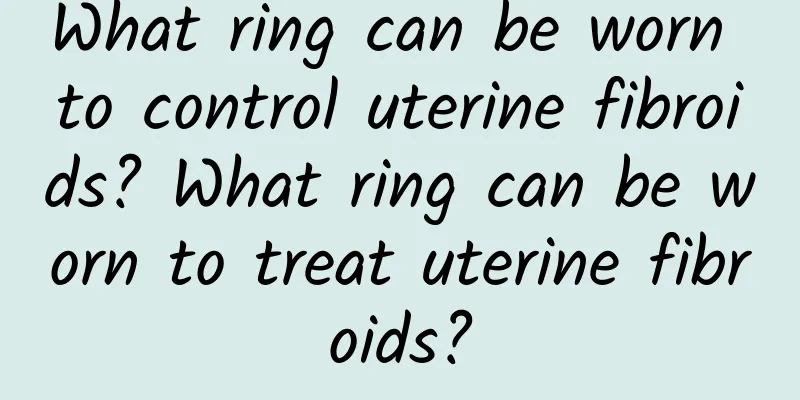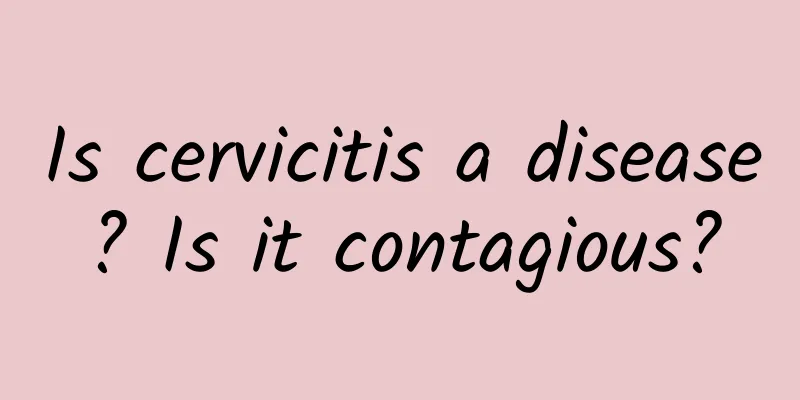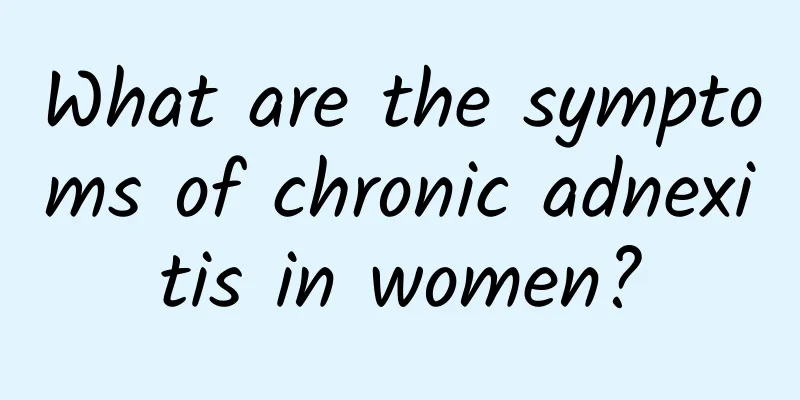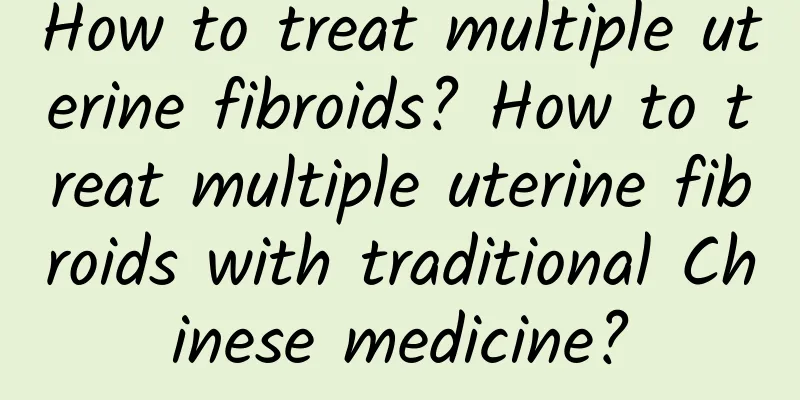Does pelvic inflammatory disease cause chest pain?
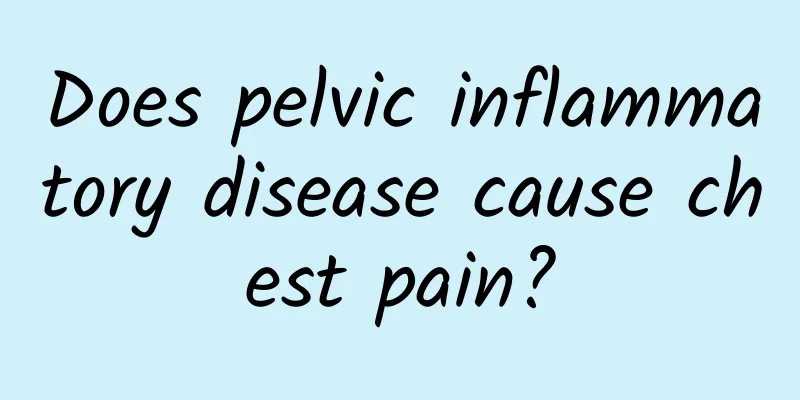
|
Pelvic inflammatory disease generally does not cause chest pain. Chest pain may be caused by hormone levels or breast diseases such as milk stasis, mastitis, lobular hyperplasia, and breast fibroadenoma. Most women with pelvic inflammatory disease will experience lower abdominal pain, back pain, anal distension, increased vaginal discharge with a fishy odor. Women with severe cases may experience symptoms such as fever and general fatigue. They need to be treated with antibiotics under the guidance of a doctor, such as cefixime capsules, metronidazole tablets, ornidazole tablets, etc. 1. Influence of hormone levels: Under physiological conditions, chest pain is more common in the early stage of menstruation. At this time, the level of progesterone in the body is relatively high. Progesterone can promote the development of mammary gland ducts, thereby causing bleeding and breast pain. The symptoms of hormonal influence usually disappear after menstruation, and usually no special treatment is required. 2. Milk stasis: Pelvic inflammatory disease may occur in lactating women, and milk stasis may also cause chest pain. Symptoms can be improved by using a breast pump to drain the milk and applying local hot compresses. 3. Mastitis: Not paying attention to hygiene during sex can lead to bacterial infection on the nipple, which can also cause pain. In this case, you can apply erythromycin ointment, mupirocin ointment, etc. under the guidance of a doctor. 4. Lobular hyperplasia of the breast: irregular daily life, long-term depression, etc., may lead to excessive hyperplasia of the mammary lobules and breast pain. A breast examination at the hospital can reveal that the symptoms are not serious and do not require special treatment. You should develop good living habits and be cheerful. 5. Breast fibroadenoma: The cause of the disease is unclear. It may be related to infection, injury, endocrine hormone disorder, environmental factors, etc., which leads to cell proliferation in the breast, forming nodular masses and causing breast pain. If breast fibroadenoma is found, further color Doppler ultrasound and mammography examination are needed to determine the severity of the disease and decide on the next treatment plan, such as surgical treatment. If you have pelvic inflammatory disease accompanied by serious diseases such as breast cancer, you may also experience chest pain. If the symptoms persist, it is recommended to seek medical attention for relevant examinations and treatment. |
<<: What does ectopic pregnancy mean?
>>: What is the reason for a lot of farts after miscarriage?
Recommend
Can I still have sex if I have cervical erosion? How should I treat cervical erosion?
Cervical erosion is the most common inflammation ...
Riding a flywheel for fitness is becoming popular. You must know these things before and during riding!
In recent years, the flywheel has become one of t...
No oil stuck and no "belly" burden! Medicinal and Healthy New Year Dishes
The Spring Festival is coming, and the New Year&#...
Can uterine fibroids be eliminated?
Can uterine fibroids be eliminated? Uterine fibro...
The most common symptom of cervical erosion is increased leucorrhea
The most common symptom of cervical erosion is in...
How to treat premature ovarian failure
How to treat premature ovarian failure? After wom...
What causes multiple uterine fibroids? What are the hazards of multiple uterine fibroids?
Uterine fibroids are divided into two types: sing...
5 tips for Jennifer Aniston's perfect arms
Some girls think that baggy "butterfly sleev...
Coconut water is a must! 10 benefits for weight loss are also on the list
Summer is the peak season for coconuts, especiall...
Will menopause occur at 50?
Will menopause occur at 50? People usually enter ...
What is vaginitis?
What is vaginitis? This is a concern for everyone...
What should I do if I have abdominal pain during menstruation? How should I take care of myself on a daily basis?
If you have abdominal pain after menstruation, yo...
What are the symptoms of vaginitis in pregnant women?
I believe you must have a certain understanding o...
Is it better to have an abortion or a medical abortion one month into pregnancy? Women should pay attention to these when choosing an abortion or a medical abortion.
When a woman becomes pregnant without any intenti...
Fasting and inducing vomiting to lose weight will only make you fatter! Nutritionist Yan Huijing reveals: 7 NG weight loss methods to avoid
In order to lose weight quickly, many people try ...
